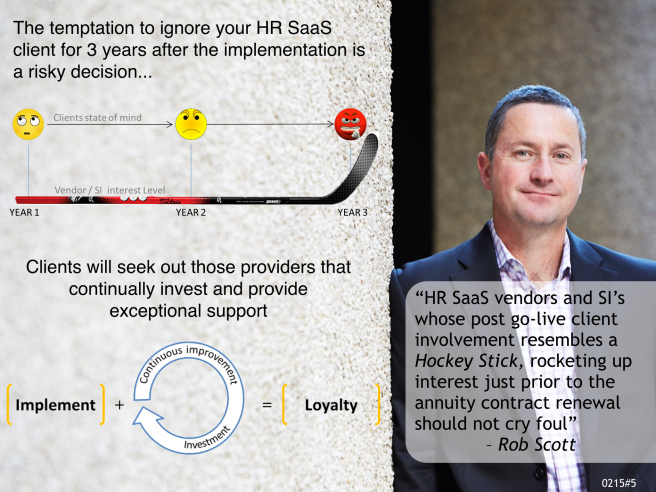Linkages.. i think that it is one of the most important cornerstones of supply chain and procurement (sourcing) process. It is not only for businesses but daily personal, family life as well. Linkages is crucial for most of the successful operating corporations.
Surely you have heard about the Target closes their stores and move back from Canada. There are coupe of reasons for that. Obviously, they couldn’t compete with one of the biggest competitors wall mart, in terms of price, location, convenience etc. Second and mostly related to the topic that they could not link with the environment. Successful and huge businesses like Apple, Microsoft, Siemens, and Wall mart have huge linkages within their functional areas, and with their geographic environment, which plays extreme role in their success stories.
That is why, i believe that Supply Chain process forms a huge part of a corporation. Almost 75% of the big corporations employees work with in the supply chain.To indicate, a supply chain is all about linkages. Connecting from source to the customer.. a product’s journey from field to the shelves.. However, success is coming aside from linking different companies together, it comes from linking all functions of the the company together as well, from finance to marketing sales. Then as second step, efficiency and effectiveness plays huge role on all the successful business revenues. In my next blog i will talk more about efficiency and effectiveness, yet linking them is important. Since the huge corporations lead to the globalization, it is important to link entire world together, to use all sources effectively and efficiently which will let a company increase the revenue and operate faster processing time.


